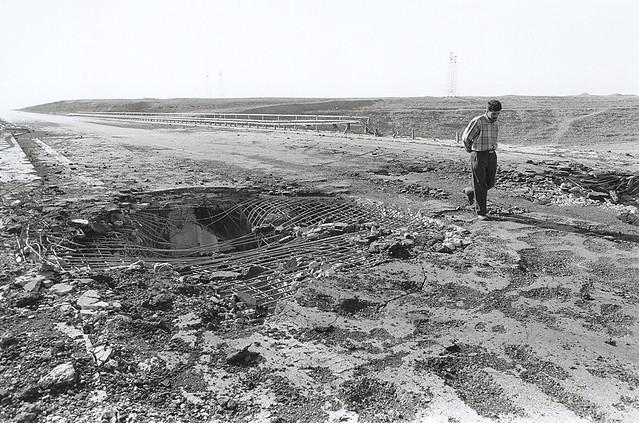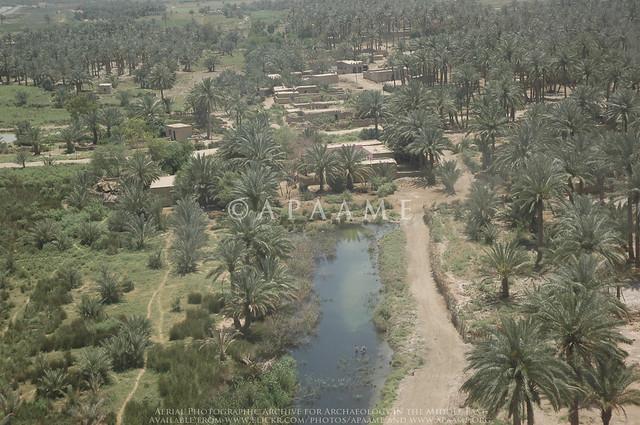

Abu Ghraib District
Overview
Historical Significance
Abu Ghraib District is perhaps best known internationally due to the infamous prison that gained notoriety in the early 2000s. However, the district's history extends far beyond this chapter. Located on the western outskirts of Baghdad, Abu Ghraib has roots that stretch back to ancient Mesopotamia, once part of the rich tapestry of civilizations that flourished in this cradle of civilization. The region is dotted with remnants of its past, including archaeological sites that speak to its long-standing significance in the history of Iraq.
The district’s historical relevance is intertwined with its geographical position. It lies along the banks of the Euphrates River, which has served as a lifeline for agriculture and trade for centuries. Travelers interested in the historical aspects of Iraq will find that Abu Ghraib offers a unique perspective on the country's past, showcasing how ancient cultures have influenced modern life.
Cultural Atmosphere
The cultural fabric of Abu Ghraib is as diverse as its history. The district is home to a variety of ethnic groups and communities, each contributing their unique traditions, cuisines, and art forms. Local markets bustle with activity, where vendors sell everything from fresh produce to handmade crafts, revealing the vibrant daily life of the residents. The atmosphere is one of resilience and warmth, with people often welcoming visitors with open arms, eager to share their stories and customs.
Traditional music and dance are integral to the culture, with performances often held during local festivities. The sounds of the oud and the rhythms of the darbuka create an inviting backdrop, encouraging visitors to immerse themselves in the local festivities. Food also plays a central role in Abu Ghraib’s culture—dishes such as kebabs, dolma, and various rice preparations, often enjoyed in communal settings, highlight the importance of hospitality in Iraqi society.
Local Characteristics
Beyond its historical and cultural dimensions, Abu Ghraib embodies the spirit of resilience that characterizes much of Iraq. The district has been undergoing a transformation, with efforts to rebuild and rejuvenate the community after years of conflict. This is evident in the burgeoning local businesses and community initiatives aimed at fostering unity and growth.
Visitors will find the streets filled with life, where children play and families gather in public spaces. The local cafes and restaurants provide a perfect setting to relax and engage with the local populace. The warmth of the people and their willingness to share their experiences make any visit to Abu Ghraib a memorable one.
Visiting Abu Ghraib
For foreign travelers, a visit to Abu Ghraib offers a unique opportunity to explore a part of Baghdad that is often overlooked. It is advisable to connect with local guides who can provide insights into the district's history and culture. While security considerations are important, many people have experienced the hospitality and resilience of the community firsthand.
Travelers can also explore nearby historical sites, such as the ancient ruins of Babylon and the beautiful landscapes along the Euphrates River. Engaging with local artisans, trying traditional foods, and participating in community events will enrich the experience and provide a deeper understanding of Iraq's diverse culture. Exploring Abu Ghraib allows travelers to witness the intersection of history and modern life, creating lasting memories in a region that is as complex as it is beautiful.
Other towns or cities you may like in Iraq
Explore other cities that share similar charm and attractions.





